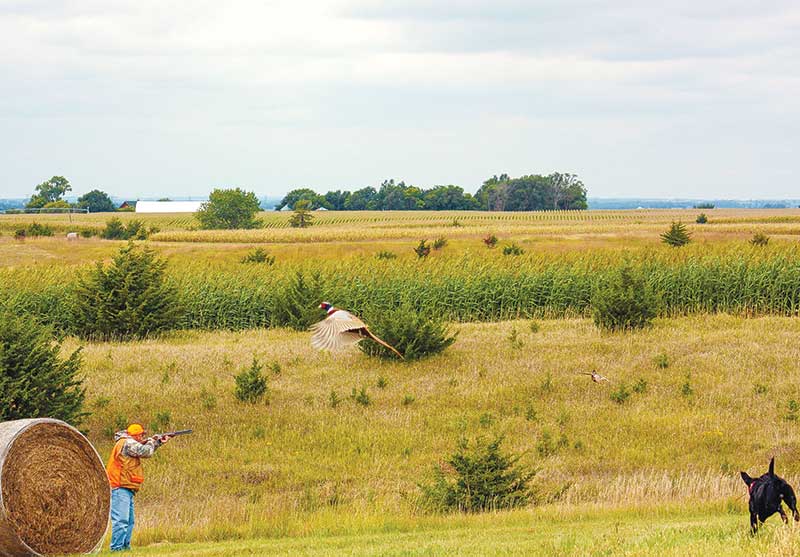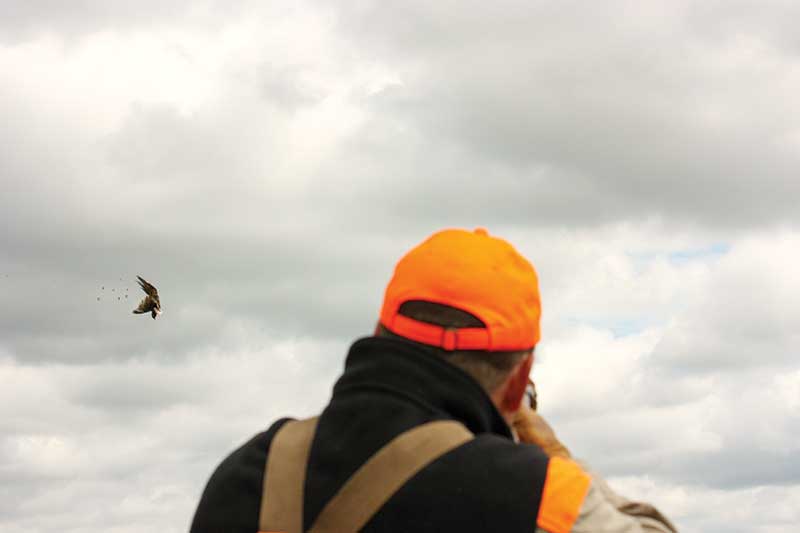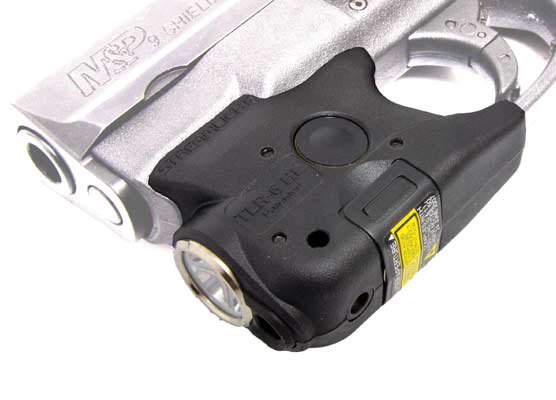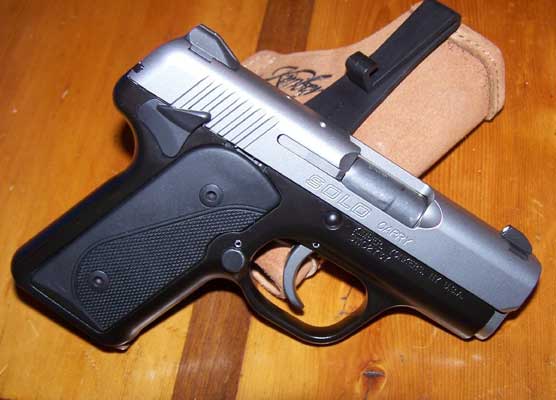6 Ways to Hit More Birds
Because Missing Birds Is Never Fun
If we hit 100% of our targets, then the odds are high we’d get bored and find a more challenging sport. The misses keep us coming back, but too many of ’em makes for a miserable life. Finding a balance is key, so here are some solutions to six common mistakes.
1.) Shooting a shotgun like a rifle — The Brits are the best shotgunners while we Americans are descended from rifle shooters. Using rifle techniques with a shotgun is especially common among hunters who hunt both big game and birds. Rifle shooters stand sideways and gain confidence from matching the target with the front and rear sights. Their front grips are set farther back on the fore end and one eye is closed for an increased sight picture. Rifle shooting is an incredibly focused discipline where less movement is better.
Shotgunning is quite the opposite for it’s a dynamic sport involving a lot of movement. Shotgunners need balanced stances to enable them to swing and move their upper bodies without falling over. Foot positioning is slightly wider than the shoulders and squared toward where the target will be killed. For a smooth gun mount with no muzzle rock, front hands are placed farther forward on the fore end. Both eyes are open so depth perception is clear, and the view is on the target, not the front bead. Bird and waterfowl hunters need to be in the general area of their target. Whenever you trade your deer stand for a walk in the woods, make sure you bring your scattergun technique with you.
2.) Head lift — I watched my buddy miss a gimme of a straight away shot on a pheasant in an open field. He’s an excellent shot, but this time he made one common mistake: He prematurely lifted his head off the stock to mark the falling bird. The bird was rising and when he lifted his head, his muzzle stopped moving. There was no follow-through and the shot string went under the bird. Keep your cheek on the stock until you’ve pulled the trigger and finished the follow-through. If both eyes are open, you’ll see if the bird is falling out of the corner of your eyes. Lift your face off the stock when it’s on the way down
3.) Changing Targets — See the two flushing pheasants in the picture? It’s common to miss one bird and think a second one will make for an easier target. When a covey of quail or nye of pheasant flush and you miss on the first shot, don’t move on to a new bird. Stick with the first bird you were swinging on. You were probably close, so stay focused on the prize. Make the necessary tweaks such as focusing sharply on your bird or increasing your lead and take the second shot. The odds are high you’ll kill with the minor adjustments. Besides, momma didn’t raise no quitters.
4.) Visualize lead — In the movie Enter the Dragon, Bruce Lee said, “don’t think … feel.” This is true in shotgunning, too. Your buddies might say “lead that target by one inch, or two inches, or three inches.” What they describe is how far the muzzle looks to be ahead of the target. Other buddies will “lead by a foot, or two or three,” and that might help. But the real way to figure out lead is not with your noggin, it’s with your eyes. If you’re having a tough time on a particular shot, find a station at skeet or sporting clays resembling it. Then, stay on this station and vary your lead until you’re breaking clays. Remember what the lead looks like. And the next time you’re in the field or blind, you’ll shoot the way Bruce Lee fought in the Hall of Mirrors.
5.) Proper Mechanics — If bird or waterfowl hunting didn’t cause our hearts to pound then we probably would pick a new sport. That being said, the emotion needs to be focused as unbridled excitement causes us to forget our mechanics. Pheasant rumbling out of shelter belts startle us as does a covey of bobs erupting from a patch of Big Blue Stem. When we get excited, our gun mounts get sloppy. Cheeks aren’t glued to stocks; our eyes don’t look straight down the rib and our buttstocks land on our shoulder instead of in the pocket between our shoulder and chest. Then, our front and rear hands don’t work in synch and we get a lot of muzzle rock causing us to shoot over or under a bird.
Meditation or yoga might help, but I’ve found shooting regular rounds of clays to be the best fix. Muscles have memory, and they’ll spring into action courtesy of those weekly practice sessions. Focusing on the target is also an easy way to calm frazzled nerves. So, you just missed, so what? You’ll get the next one; just take a deep breath, focus on the target and kill it. Just don’t say “oooommmm” or chant, your buddies will think you lost your mind.
6.) Target acquisition — Chatting with buddies while walking a field is the fun part of hunting. But when a bird flushes, you need to have a laser-lock on the target. Weak, unfocused concentration means you don’t clearly pick up the bird’s flight plan. If it’s caused by poor vision then get your eyes checked but if it comes because you’re unfocused, then zip the lip when your dog gets birdy. You won’t be startled when the bird flushes and your mechanics will fall into place.








